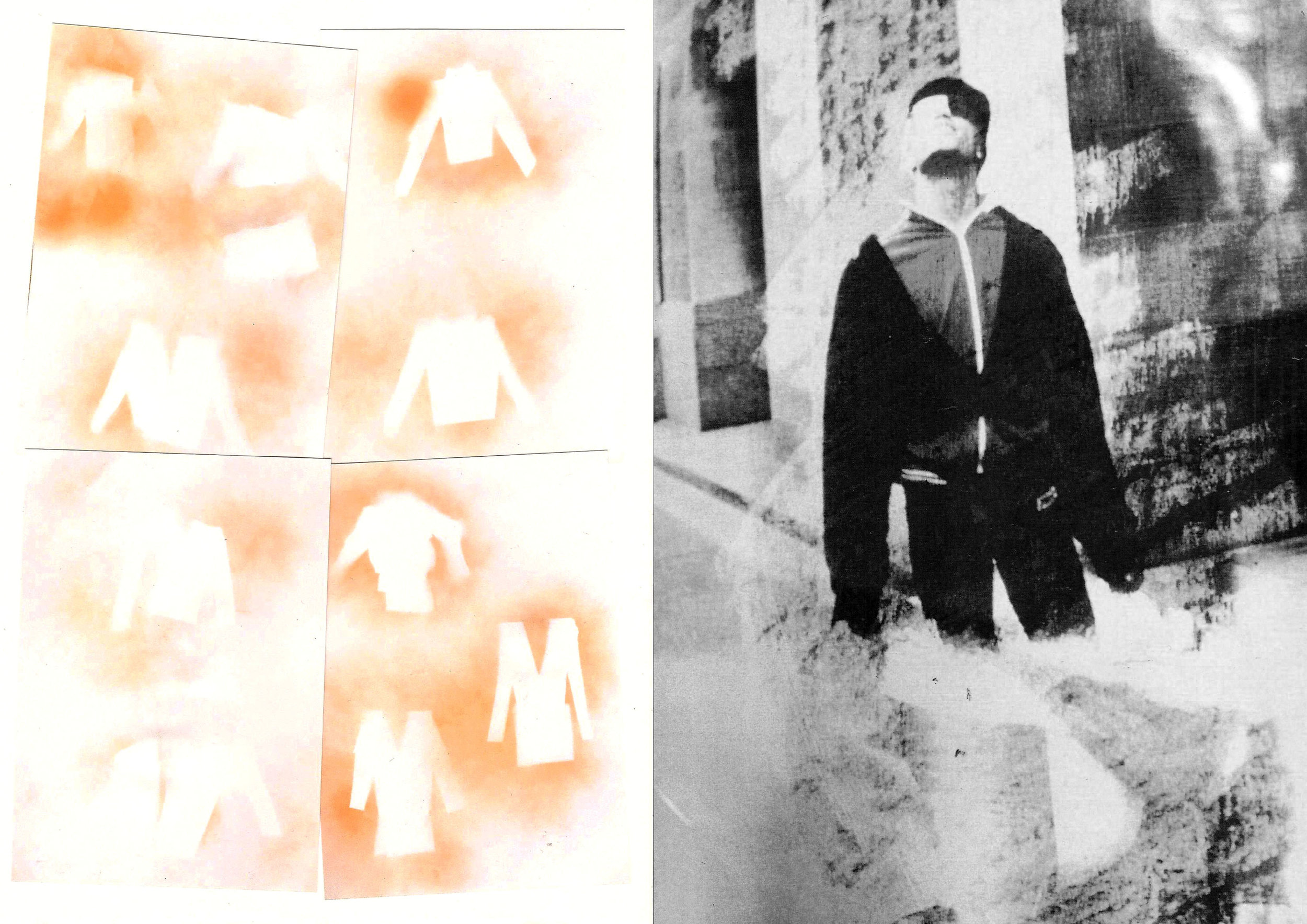We caught up with the Daniel Crabtree, GFW14 alumni, as he prepares for London Fashion Week, where he will present his collection supported by House of Peroni.
One of our graduates, shares with us his successful launch into menswear design. Since showcasing his work at GFW14, he gained industry experience, refined his design aesthetic and collaborated with few big names in fashion — such as Gareth Pugh and Sibling. The designer highlights the importance of his placement year and the time he took off between studying his undergraduate and master degree, which gave him perspective on his work. Daniel’s approach to life is reflected in his collections; the practice of freehand pattern cutting and the repurposing of materials are key elements in his work.
We caught up with the young designer while he prepares for London Fashion Week, where he will present his collection supported by House of Peroni.
Which university did you attend, and what is the most valuable thing that you learnt there?
I attended the University of Brighton for my BA then took a few years out before my MA at Central Saint Martins which I completed in March this year. The most valuable thing I learnt throughout was to edit, refine, never be satisfied but also don’t take anything too seriously.
Which area of the industry have you chosen to pursue, and what informed this choice?
I’ve always wanted to work in design and used my placement year during BA to sample different areas of design and hone in on what interested me the most. I worked with Aitor Throup, Gareth Pugh and Sibling and found myself drawn to menswear, I think there is a language in tailoring which makes it more substantial and interesting to subvert.
“I believe in slower fashion: making classic pieces that have creative value and won’t go out of season.”
Tell us a bit more about your career journey since showing at Graduate Fashion Week. How have you found life in the industry?
I was always determined to study an MA after my BA, but taking the time out in between was beneficial. It gave me the perspective to reflect on my work so far and understand how it could become more relevant, directional and refined, and where it fits into the market. Following my MA I was lucky to gain support from the House of Peroni, which is allowing me to continue to work on my own brand and present again at LFW next season.
Do you explore any political, social or historical notions through your work? If so, what messages do you hope to convey?
I don’t aim to convey any political messages, though my work does embody a resourcefulness, which I suppose is a personal response to surviving in London and modern, day-to-day life. I repurpose fabrics taken from old garments, using them in new pieces which are cut using freehand-drawn patterns, resulting in odd fits and awkward proportions. Every piece is hand-crafted and intended to last.
Where are you hoping to be in five years time?
I would have some loyal stockists and customers for my own brand, enjoying the luxury of designing and working for myself and to have the opportunity of collaborating with other practitioners or brands.
The industry is undergoing a huge change, with sustainability, diversity and responsibility becoming huge themes. Do you have any opinions on these movements?
Sustainability should be a consideration for every designer, although I understand the word itself can be overused at times. I believe in slower fashion: making classic pieces that have creative value and won’t go out of season. We should be producing things that are special and unique, and using the materials we already have rather than producing more unnecessarily.
Lastly, to any students that are reading this in admiration of your career-what advice would you give to the students hoping to showcase this year?
View it as your first collection, not your last and give yourself the time and space for perspective.







